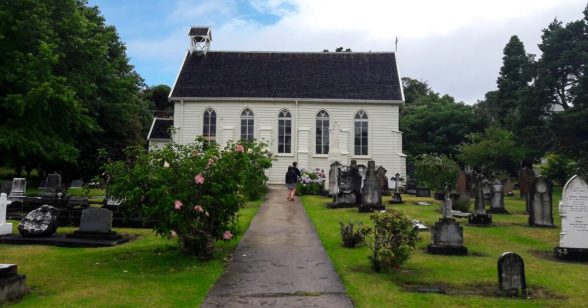Peter Jackson’s old war planes displayed in sets built by Weta Workshop is exactly as awesome as it sounds. I’m not even interested in aviation history and I absolutely love this museum! It’s on the outskirts of Blenheim, near Brayshaw Heritage Park. There are two parts, one dedicated to the First World War and one to the Second, which you pay for separately. If you only have time for one section, make it the Second World War, as it’s the newest and most exciting, but, of course, both are worth seeing.
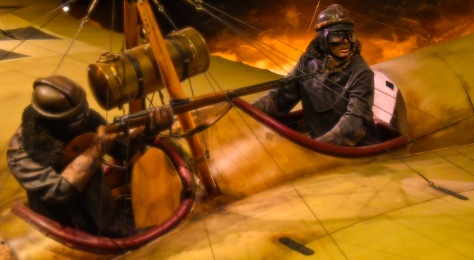
So, how did a museum in Blenheim come to be in possession of such awesome displays? Well, at some point in the ’90s, the people storing their planes at Omaka decided it would be cool to turn the place into a museum, so they started fundraising, holding airshows and such like. In the early 2000s, this caught the attention of Peter Jackson, a long-time war plane enthusiast. He joined the club, needing somewhere to store his collection of WWI fighter planes, which, presumably, he’d recently purchased with the profits of his phenomenally successful Lord of the Rings films. He, too, thought a museum would be cool, so he called upon the set and prop artists of The Lord of the Rings and bid them do their thing.
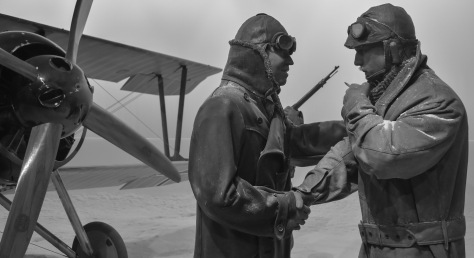
The result is magical. It’s hard not to get sucked into the atmosphere. The experiences of the war pilots are brought to life in harrowing detail. I especially enjoyed – well, maybe “enjoyed” isn’t the right word – the scene of the Red Baron’s demise. The churned-up dirt and the expressions on the mannequins’ faces are worryingly realistic. The scene with the plane crashed into the tree, surrounded by snow, is also highly evocative.
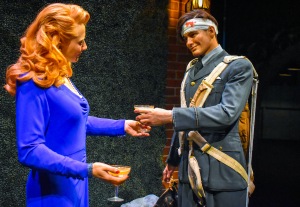 My favourite part of the museum is the one dedicated to WWII planes, perhaps because it has even more focus on raw human experience than the WWI part. You enter the exhibition through a recreated air raid shelter, a gloomy tunnel adorned with wartime posters. The muffled sounds of planes and bombs, accompanied by the eerie whine of an air raid siren, make it wonderfully spooky. You emerge from the tunnel to be faced with a life-sized diorama of a lovely moment involving a Kiwi pilot who’s just crash-landed onto some toff’s country estate in the middle of a garden party. He’s being offered a glass of champagne.
My favourite part of the museum is the one dedicated to WWII planes, perhaps because it has even more focus on raw human experience than the WWI part. You enter the exhibition through a recreated air raid shelter, a gloomy tunnel adorned with wartime posters. The muffled sounds of planes and bombs, accompanied by the eerie whine of an air raid siren, make it wonderfully spooky. You emerge from the tunnel to be faced with a life-sized diorama of a lovely moment involving a Kiwi pilot who’s just crash-landed onto some toff’s country estate in the middle of a garden party. He’s being offered a glass of champagne.
 I suppose I shouldn’t give the whole thing away, but I will say there’s a quite amazingly immersive cinematic experience pertaining to the Battle of Stalingrad. You actually feel like you’re there, which is incredible, but I imagine it would give some children nightmares, and trigger distressing flashbacks for certain soldiers and refugees. It left me weirdly winded. There’s also a bit about the Nazis that has a giant swastika flag hanging above it. This, according to the old veteran guide I got chatting to, has proven a tad controversial.
I suppose I shouldn’t give the whole thing away, but I will say there’s a quite amazingly immersive cinematic experience pertaining to the Battle of Stalingrad. You actually feel like you’re there, which is incredible, but I imagine it would give some children nightmares, and trigger distressing flashbacks for certain soldiers and refugees. It left me weirdly winded. There’s also a bit about the Nazis that has a giant swastika flag hanging above it. This, according to the old veteran guide I got chatting to, has proven a tad controversial.
 The guide was lovely, but, having mistaken me for the mother of the children in another part of the exhibition with their father, went to great lengths to emphasize a part of the exhibition that might be of more interest to “womenfolk”, and seemed surprised that I was relatively knowledgeably about certain things already. (I took great relish in flaunting my knowledge after this realisation, never revealing, of course, that aviation history isn’t really my cup of tea, my knowledge having been transferred by osmosis from a lifetime of proximity to my father.) Almost annoyingly, I did find the part of the exhibition about the Russian female fighter pilots – the Night Witches – especially interesting.
The guide was lovely, but, having mistaken me for the mother of the children in another part of the exhibition with their father, went to great lengths to emphasize a part of the exhibition that might be of more interest to “womenfolk”, and seemed surprised that I was relatively knowledgeably about certain things already. (I took great relish in flaunting my knowledge after this realisation, never revealing, of course, that aviation history isn’t really my cup of tea, my knowledge having been transferred by osmosis from a lifetime of proximity to my father.) Almost annoyingly, I did find the part of the exhibition about the Russian female fighter pilots – the Night Witches – especially interesting.
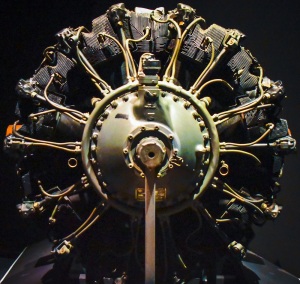 The two most impressive displays, I thought, were the one focusing on the ace fighter Lydia Litvyak, known as the White Rose of Stalingrad, and the one focusing on the bomber crashed into a patch of Pacific jungle. I made sure my fiancé experienced the Stalingrad section, because his grandfather, a German soldier, was actually stationed at Stalingrad, but was recalled to Germany for officer training just days before the battle began. It wasn’t until after the war that he discovered every single one of his friends who’d been at Stalingrad had died.
The two most impressive displays, I thought, were the one focusing on the ace fighter Lydia Litvyak, known as the White Rose of Stalingrad, and the one focusing on the bomber crashed into a patch of Pacific jungle. I made sure my fiancé experienced the Stalingrad section, because his grandfather, a German soldier, was actually stationed at Stalingrad, but was recalled to Germany for officer training just days before the battle began. It wasn’t until after the war that he discovered every single one of his friends who’d been at Stalingrad had died.
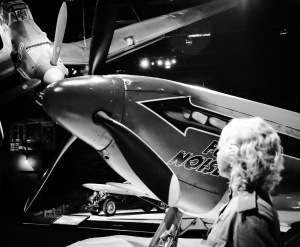 Now Omaka is quite an expensive museum to visit – $40 if you want to go ’round all of it. The money does go towards improving the museum, however. They want to build an Art Deco bit to go in-between the First and Second World War bits, for example. You can also go for a plane ride if you want. Oh, and there are some amusing T-shirts in the gift shop that say “Old Fokker”!
Now Omaka is quite an expensive museum to visit – $40 if you want to go ’round all of it. The money does go towards improving the museum, however. They want to build an Art Deco bit to go in-between the First and Second World War bits, for example. You can also go for a plane ride if you want. Oh, and there are some amusing T-shirts in the gift shop that say “Old Fokker”!
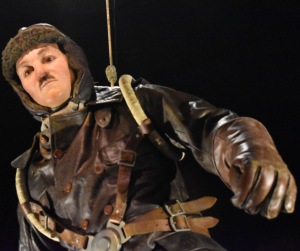 So, if you love planes, or military history, or Peter Jackson, you’ll be in heaven in the Omaka Aviation Heritage Museum. If you don’t, you’ll still enjoy it. Like I said before, aviation history isn’t my thing, but I’m dead keen to go back once they’ve finished the Art Deco exhibition. It’s because Peter Jackson’s displays have allowed the exhibitions to highlight the human experience surrounding the planes, not merely the technical aspects of the planes themselves. Human stories are what make history so powerful.
So, if you love planes, or military history, or Peter Jackson, you’ll be in heaven in the Omaka Aviation Heritage Museum. If you don’t, you’ll still enjoy it. Like I said before, aviation history isn’t my thing, but I’m dead keen to go back once they’ve finished the Art Deco exhibition. It’s because Peter Jackson’s displays have allowed the exhibitions to highlight the human experience surrounding the planes, not merely the technical aspects of the planes themselves. Human stories are what make history so powerful.


 What really captured my imagination, though, was a glass cabinet in the drawing room. It was filled with honey-hued ornaments of a rather intriguing kind of beauty, in all sorts of shapes, including miniature books with embossed covers. They were made of kauri gum, (tree sap,) heated, poured into moulds and polished until it appeared to glow.
What really captured my imagination, though, was a glass cabinet in the drawing room. It was filled with honey-hued ornaments of a rather intriguing kind of beauty, in all sorts of shapes, including miniature books with embossed covers. They were made of kauri gum, (tree sap,) heated, poured into moulds and polished until it appeared to glow.

 The lady who left Totara House to the museum was over a hundred when she passed away. She was born, grew up and died in it. She was the granddaughter of the first European woman to set foot in Matakohe. Her family owned the sawmill down the road. What changes she must have seen during her lifetime! (Must. Resist. Urge. To. Joke. Northland. Hasn’t. Changed.)
The lady who left Totara House to the museum was over a hundred when she passed away. She was born, grew up and died in it. She was the granddaughter of the first European woman to set foot in Matakohe. Her family owned the sawmill down the road. What changes she must have seen during her lifetime! (Must. Resist. Urge. To. Joke. Northland. Hasn’t. Changed.)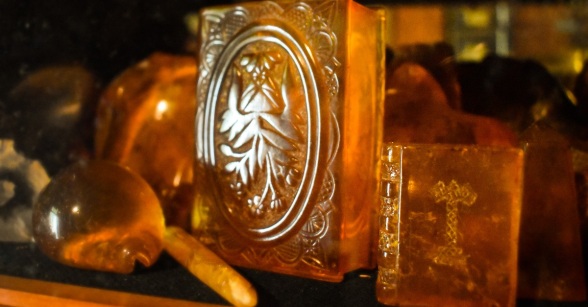
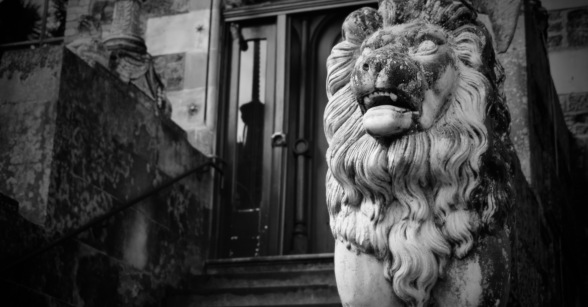
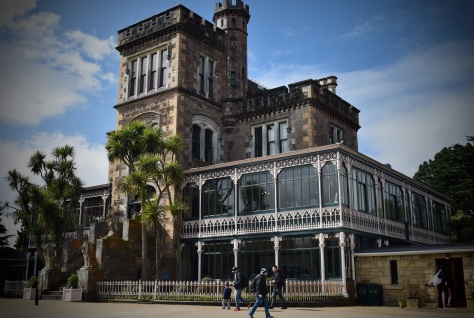
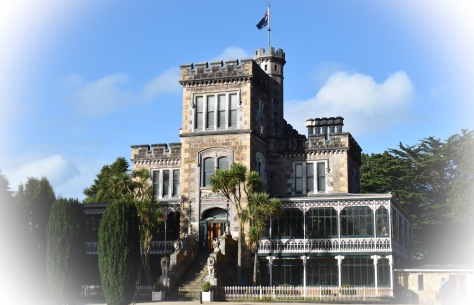

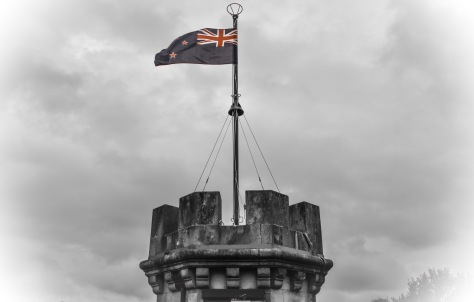
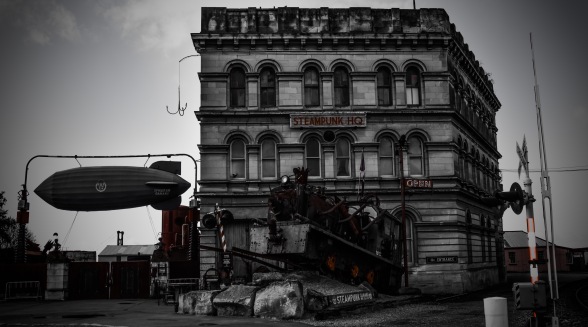
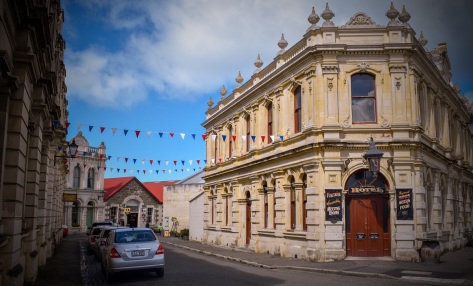
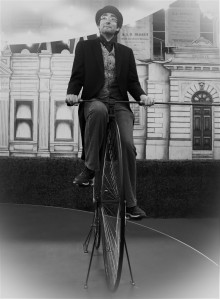 Both bookshops were interestingly decorated. The first I visited,
Both bookshops were interestingly decorated. The first I visited, 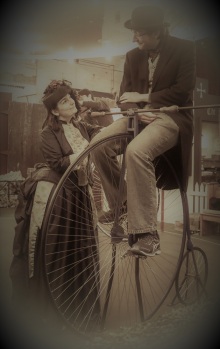 The Victorian Precinct is right by the harbour, where you’ll find a large, steampunk-themed playground and a rather good pub called
The Victorian Precinct is right by the harbour, where you’ll find a large, steampunk-themed playground and a rather good pub called 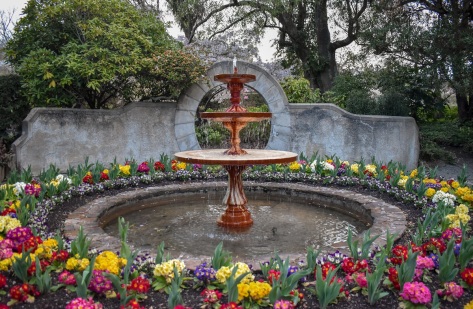
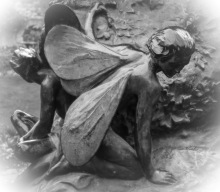
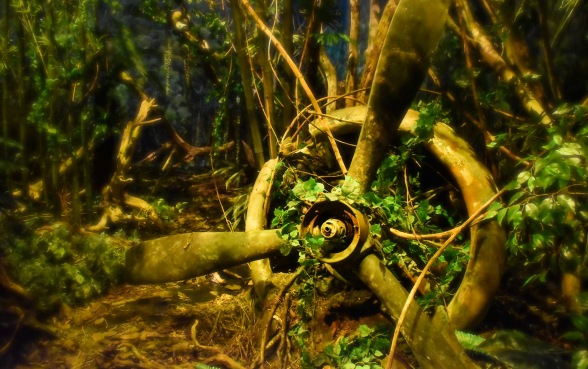


 My favourite part of the museum is the one dedicated to WWII planes, perhaps because it has even more focus on raw human experience than the WWI part. You enter the exhibition through a recreated air raid shelter, a gloomy tunnel adorned with wartime posters. The muffled sounds of planes and bombs, accompanied by the eerie whine of an air raid siren, make it wonderfully spooky. You emerge from the tunnel to be faced with a life-sized diorama of a lovely moment involving a Kiwi pilot who’s just crash-landed onto some toff’s country estate in the middle of a garden party. He’s being offered a glass of champagne.
My favourite part of the museum is the one dedicated to WWII planes, perhaps because it has even more focus on raw human experience than the WWI part. You enter the exhibition through a recreated air raid shelter, a gloomy tunnel adorned with wartime posters. The muffled sounds of planes and bombs, accompanied by the eerie whine of an air raid siren, make it wonderfully spooky. You emerge from the tunnel to be faced with a life-sized diorama of a lovely moment involving a Kiwi pilot who’s just crash-landed onto some toff’s country estate in the middle of a garden party. He’s being offered a glass of champagne. I suppose I shouldn’t give the whole thing away, but I will say there’s a quite amazingly immersive cinematic experience pertaining to the Battle of Stalingrad. You actually feel like you’re there, which is incredible, but I imagine it would give some children nightmares, and trigger distressing flashbacks for certain soldiers and refugees. It left me weirdly winded. There’s also a bit about the Nazis that has a giant swastika flag hanging above it. This, according to the old veteran guide I got chatting to, has proven a tad controversial.
I suppose I shouldn’t give the whole thing away, but I will say there’s a quite amazingly immersive cinematic experience pertaining to the Battle of Stalingrad. You actually feel like you’re there, which is incredible, but I imagine it would give some children nightmares, and trigger distressing flashbacks for certain soldiers and refugees. It left me weirdly winded. There’s also a bit about the Nazis that has a giant swastika flag hanging above it. This, according to the old veteran guide I got chatting to, has proven a tad controversial. The guide was lovely, but, having mistaken me for the mother of the children in another part of the exhibition with their father, went to great lengths to emphasize a part of the exhibition that might be of more interest to “womenfolk”, and seemed surprised that I was relatively knowledgeably about certain things already. (I took great relish in flaunting my knowledge after this realisation, never revealing, of course, that aviation history isn’t really my cup of tea, my knowledge having been transferred by osmosis from a lifetime of proximity to my father.) Almost annoyingly, I did find the part of the exhibition about the Russian female fighter pilots – the Night Witches – especially interesting.
The guide was lovely, but, having mistaken me for the mother of the children in another part of the exhibition with their father, went to great lengths to emphasize a part of the exhibition that might be of more interest to “womenfolk”, and seemed surprised that I was relatively knowledgeably about certain things already. (I took great relish in flaunting my knowledge after this realisation, never revealing, of course, that aviation history isn’t really my cup of tea, my knowledge having been transferred by osmosis from a lifetime of proximity to my father.) Almost annoyingly, I did find the part of the exhibition about the Russian female fighter pilots – the Night Witches – especially interesting. The two most impressive displays, I thought, were the one focusing on the ace fighter Lydia Litvyak, known as the White Rose of Stalingrad, and the one focusing on the bomber crashed into a patch of Pacific jungle. I made sure my fiancé experienced the Stalingrad section, because his grandfather, a German soldier, was actually stationed at Stalingrad, but was recalled to Germany for officer training just days before the battle began. It wasn’t until after the war that he discovered every single one of his friends who’d been at Stalingrad had died.
The two most impressive displays, I thought, were the one focusing on the ace fighter Lydia Litvyak, known as the White Rose of Stalingrad, and the one focusing on the bomber crashed into a patch of Pacific jungle. I made sure my fiancé experienced the Stalingrad section, because his grandfather, a German soldier, was actually stationed at Stalingrad, but was recalled to Germany for officer training just days before the battle began. It wasn’t until after the war that he discovered every single one of his friends who’d been at Stalingrad had died. Now Omaka is quite an expensive museum to visit – $40 if you want to go ’round all of it. The money does go towards improving the museum, however. They want to build an Art Deco bit to go in-between the First and Second World War bits, for example. You can also go for a plane ride if you want. Oh, and there are some amusing T-shirts in the gift shop that say “Old Fokker”!
Now Omaka is quite an expensive museum to visit – $40 if you want to go ’round all of it. The money does go towards improving the museum, however. They want to build an Art Deco bit to go in-between the First and Second World War bits, for example. You can also go for a plane ride if you want. Oh, and there are some amusing T-shirts in the gift shop that say “Old Fokker”! So, if you love planes, or military history, or Peter Jackson, you’ll be in heaven in the Omaka Aviation Heritage Museum. If you don’t, you’ll still enjoy it. Like I said before, aviation history isn’t my thing, but I’m dead keen to go back once they’ve finished the Art Deco exhibition. It’s because Peter Jackson’s displays have allowed the exhibitions to highlight the human experience surrounding the planes, not merely the technical aspects of the planes themselves. Human stories are what make history so powerful.
So, if you love planes, or military history, or Peter Jackson, you’ll be in heaven in the Omaka Aviation Heritage Museum. If you don’t, you’ll still enjoy it. Like I said before, aviation history isn’t my thing, but I’m dead keen to go back once they’ve finished the Art Deco exhibition. It’s because Peter Jackson’s displays have allowed the exhibitions to highlight the human experience surrounding the planes, not merely the technical aspects of the planes themselves. Human stories are what make history so powerful.
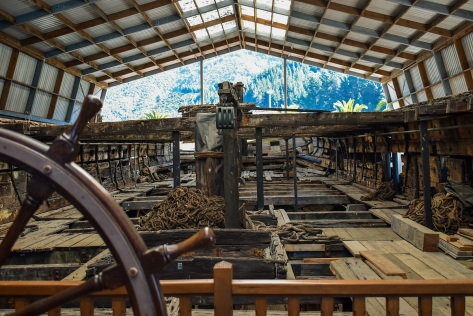
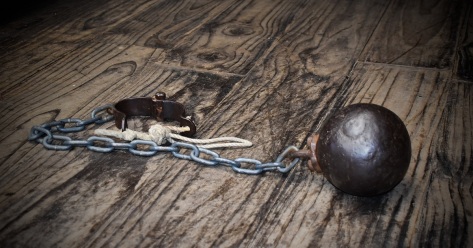










 Later, I indulged in a bit of research. The Pākehā Māori in question was an Irishman by the name of Frederick Edward Maning. He arrived in New Zealand as a young man in 1833 and lived among the Ngāpuhi, a Northland tribe. He married a Māori woman and warned people not to sign the Treaty of Waitangi, (though how much he was motivated by a desire to preserve the native culture, and how much by more selfish trading interests, I can’t say. No doubt people who’ve actually studied the subject can.)
Later, I indulged in a bit of research. The Pākehā Māori in question was an Irishman by the name of Frederick Edward Maning. He arrived in New Zealand as a young man in 1833 and lived among the Ngāpuhi, a Northland tribe. He married a Māori woman and warned people not to sign the Treaty of Waitangi, (though how much he was motivated by a desire to preserve the native culture, and how much by more selfish trading interests, I can’t say. No doubt people who’ve actually studied the subject can.)











